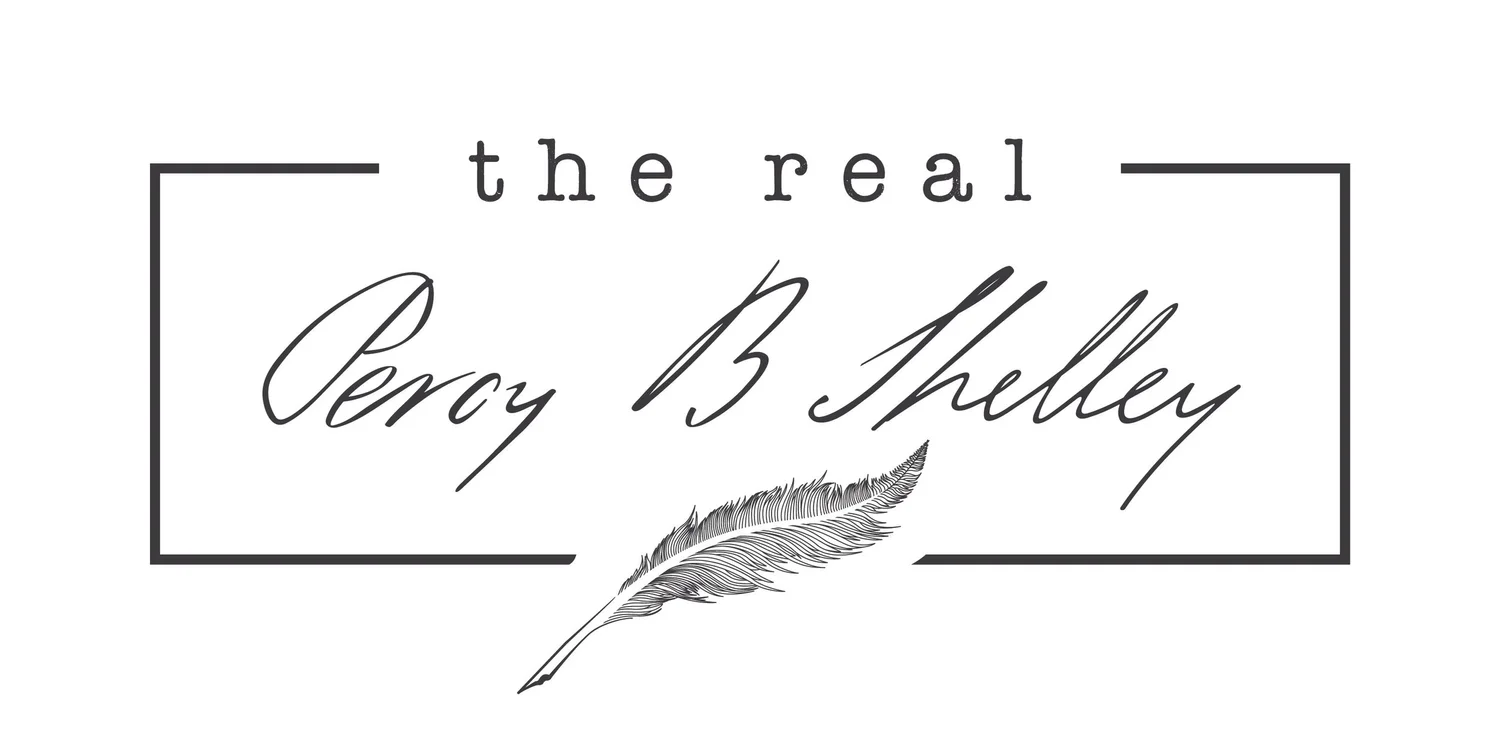Will Britain Make It? The "Mask of Anarchy" is Timelier than Ever
Last week we drew attention to P. B. Shelley’s Mask of Anarchy as a critical social comment on class politics that is as fresh and timely today as it was when it was written two hundred years ago in 1819—and certainly no less radical. Its timeless message on the corrupt nature of political power extends into Shelley’s later “Ode to the West Wind.” While we put the Mask of Anarchy into dialogue with “Ode to the West Wind” for the latter’s emphasis on the benefits of the cross-cultural influences of globalization as a counter to the current political climate of xenophobia and myopic nationalism, Mask of Anarchy deserves a closer inspection for its critique of the nature of political authority.
Now, as then, Shelley’s poem asks us to look at the nature of order in conjunction with the dynamics of power, particularly as that power figures in political authority. Shelley wrote the poem in response to the Peterloo Massacre, a working-class uprising on 16 August 1819 at St. Peter’s Fields that sought to protest the corn laws and galvanize Parliamentary Reform to expand the voting franchise to those who did not own land. Nearly 400 were wounded and 11 died after cavalry were let loose on them, but they were ordered to do so by the local magistrates not because they were disruptive or violent. In their attempt to change politics by doing politics differently—as Shelley espouses in A Defence of Poetry—their peaceful organization was conceived as a threat. While Shelley was in Italy at the time, his distance from the events did not prevent him from acting in the only way he could—by writing a poem. Not until after 1832—when the Reform Act was passed—was the poem published, its content deemed far too radical for public eyes. The poem’s title is a multileveled metaphor that refers to a masque as a celebration of political authority, locating the poem’s critique of power alongside John Milton’s similar repudiation of the excesses of King James and Charles I’s reigns. But the word “mask” also gestures toward the way in which public figures in Shelley’s time are cloaked as actors in a medieval morality play, layering literary conventions in order to amplify the poem’s ethical message.
Will Britain, in its current state of political turmoil, make it?
Richard Carlile, Peterloo Massacre, aquatint and etching, 1819, National Portrait Gallery
If you are looking for an interesting introduction to what might be seen as one of Shelley's most radical and intensely political poems, look no further than John Mullan’s “The Mask of Anarchy.” This article is produced by the British Library as part of their "Discovering Literature: Romantics and Victorians" series. Professor Mullan is Professor of English at University College London and is a specialist in 18th-century literature. In 2012 he published "What Matters in Jane Austen?" I am happy link to this wonderful series because virtually all of the articles, like this one, are written in an approachable, accessible style.
From the article’s Introduction:
Percy Bysshe Shelley was living in Italy when news reached him of the Peterloo Massacre. On 16 August 1819 a crowd of well over 50,000 had gathered at St. Peter’s Fields outside Manchester to support parliamentary reform. The radical orator Henry Hunt was to speak in favour of widening the franchise and reforming Britain’s notoriously corrupt system of political representation, with its ‘pocket’ and ‘rotten’ boroughs. Magistrates ordered the Manchester Yeomanry (recruited from amongst the local middle classes) to disperse the demonstration. The cavalry charged the crowd, sabres drawn. At least 15 demonstrators, including a woman and a child, were killed, and many more wounded.

